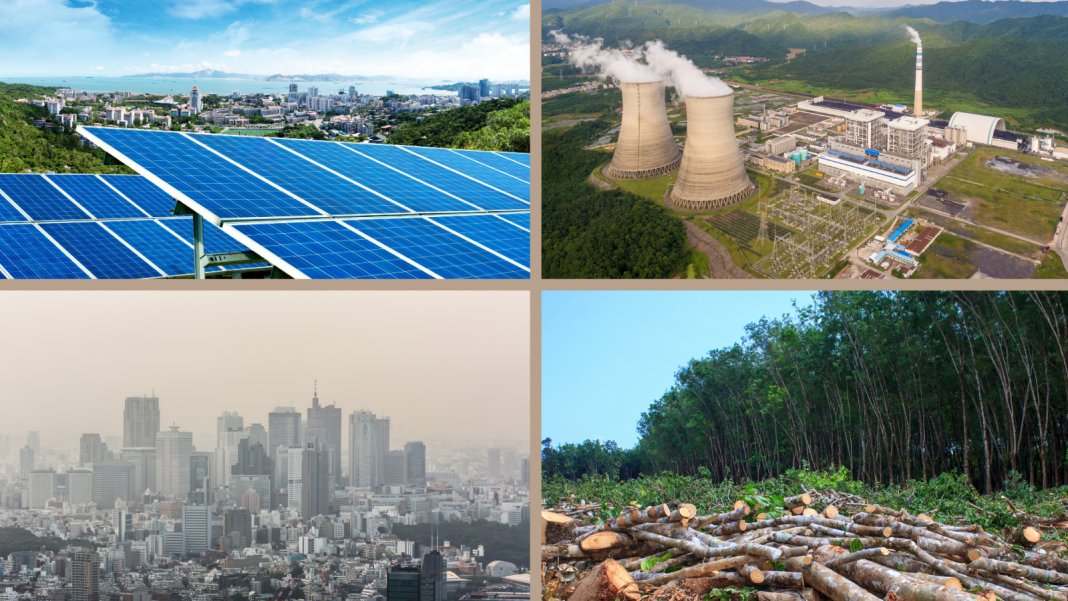Joe Biden’s Leaders’ Summit was the first mile of a marathon of climate events in 2021. Probably the most interesting and important aspect – other than the US rejoining the World Community and announcing the new emissions target – is a new dynamic emerging from Asia.
The long-awaited Leader’s Summit mainly delivered the expected new pledge from the US to cut emission by 50-52% by 2030 (compared to 2005 levels). Yet, at least as significant are the announcements from Asian countries.
Although China, the world’s largest emitter, did not come to the summit with new pledges, President Xi Jinping announced that China will join Kigali Amendment, working on non-CO2 gases emission control, and promised to control new coal fired power plants strictly, starting phasing out coal from 2026-2030 onwards.
The most relevant announcement came from South Korea.
President Moon Jae-in announced on 22 April that the country will stop state-backed financing of coal-fired power plants overseas – meaning the near end of cheap finance for coal projects across Asia.
Korea’s decision places particular pressure on Japan and China, the other two major overseas coal financiers, to follow suit and move beyond coal. The next step for Korea and its neighbours is to lay down concrete plans to phase out fossil fuel financing across the supply chain, including coal mining, as well as oil and gas.
Japan’s announcement to enhance its NDC and cut emissions 46-50% below 2013 levels by 2030, in turn, places pressure on the Moon administration. Korea’s hosting of the P4G Summit (Partnering for Green Growth and the Global Goals 2030) in May is the ideal opportunity to strengthen Korea’s target – which would need to slash emissions 59% below 2017 levels by 2030 to be 1.5˚C-compatible. Meanwhile, Japan needs to do more than the newly announced minimum reduction of emissions of 46% below 2013 levels by 2030 and, as a developed Asian country, show more leadership.
India’s Prime Minister Narendra Modi announced the India-US Climate and Clean Energy Agenda 2030 Partnership. Collaboration between India and the US could mobilise large-scale investment and help India to achieve its goal of 450GW of renewable energy by 2030. Low cost, scalable finance is equally essential for India to meet its clean energy target.
Indonesia’s President Joko Widodo’s announcement came as a disappointment.
The third most populous country in Asia presented neither any strategy, nor a timeframe to peak emissions or establish a net-zero target compatible with the Paris Agreement. The only positive aspect was the President’s statement on Indonesia’s efforts to curb emissions for land use and forestry – this was good but definitely not enough.
While Indonesia’s forests are crucial for biodiversity and the climate, the country also needs to focus on its energy sector, which will contribute the most to the Indonesia’s GHG emissions from 2025 onwards.
The race to the top for better climate action has already begun. It is good to see that Asian G20 countries joined the game next to the EU and the US. Yet, if we are serious about halting global warming at 1.5˚C more needs to happen in the run up to the COP26 in Glasgow in November. Civil society and independent research will also need to observe the implementation of pledges and make sure that these were not just empty promises.







